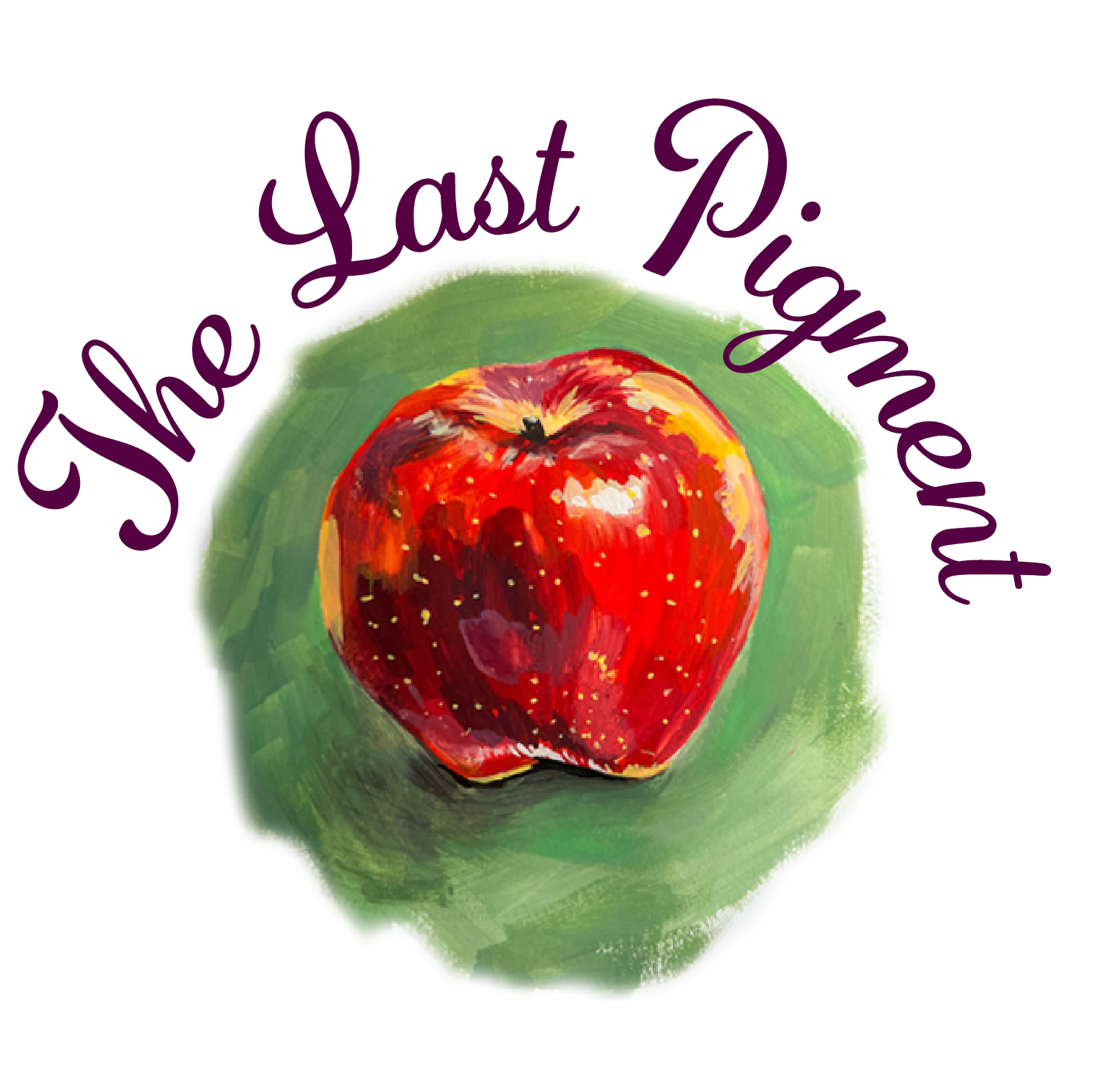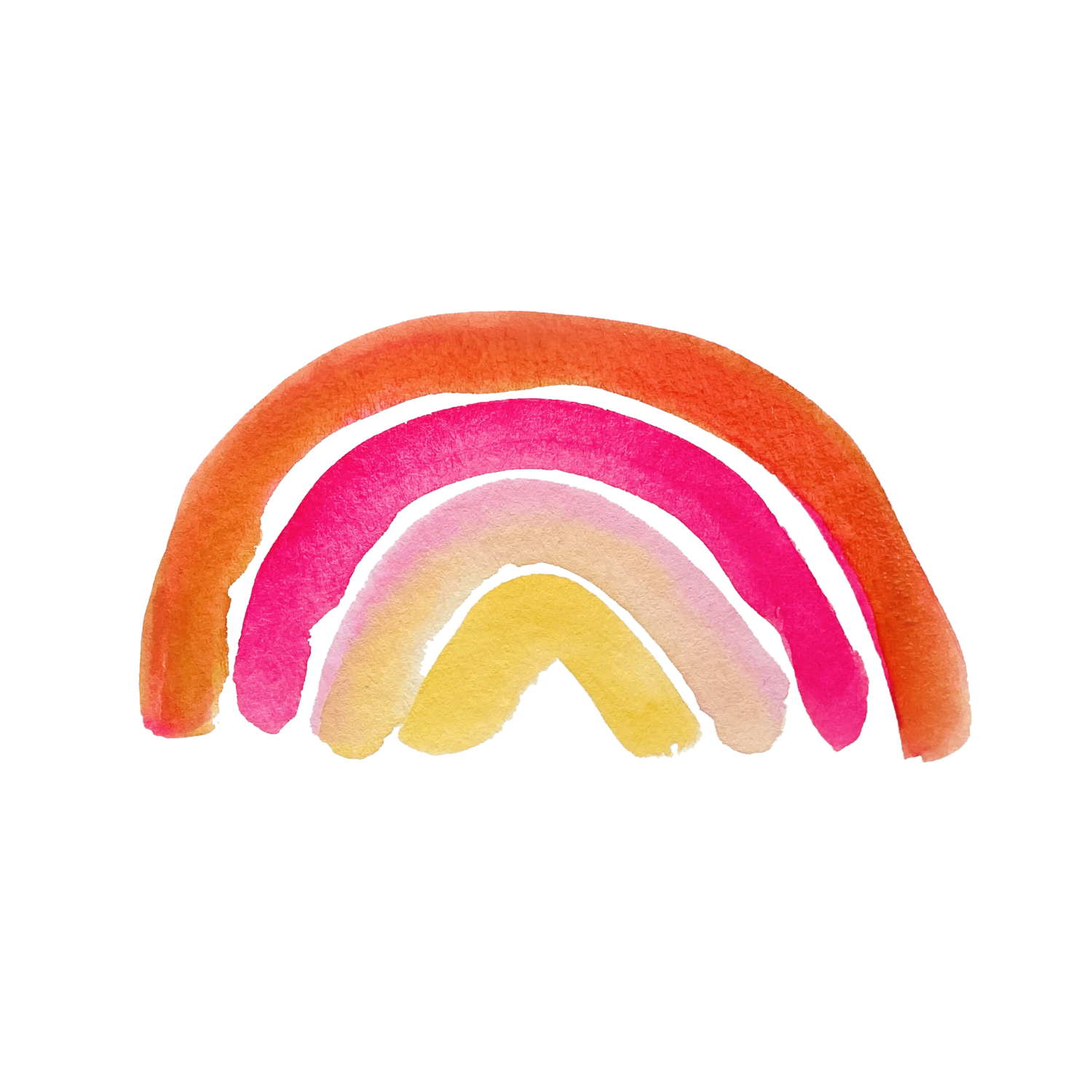Mastering Watercolor Glazing: A Comprehensive Guide to Enhance Your Paintings
Watercolor painting is a versatile and captivating medium that offers artists a wide range of techniques to create beautiful artworks. Among these techniques, watercolor glazing stands out as a unique method that adds depth, luminosity, and richness to paintings. Glazing involves layering transparent washes of color to achieve complex hues and subtle tonal variations. In this article, we will explore the fascinating world of watercolor glazing, delve into its process, understand the materials involved, and discover how artists can utilize this technique to enhance their watercolor paintings.
Understanding Watercolor Glazing
Watercolor glazing is the process of applying thin, transparent layers of paint on top of dried or partially dried layers of color. Unlike opaque paints, watercolors are known for their translucency, allowing light to pass through the layers and create unique visual effects. By layering glazes, artists can achieve luminosity, depth, and complexity that cannot be achieved with a single wash of color.
The glazing technique involves applying diluted pigments onto the paper surface using a soft brush. Artists typically use transparent or semi-transparent watercolors for glazing, allowing the underlying layers to shine through. With each layer, the colors mix optically, creating new and vibrant hues. The artist's control of the water-to-pigment ratio, as well as the timing of layering, greatly influences the final result.
Materials for Watercolor Glazing
To successfully execute watercolor glazing, artists require specific materials. The choice of watercolor paints is crucial, as they must be transparent or semi-transparent to achieve the desired effect. Artists often opt for high-quality professional-grade paints, as they provide better transparency and lightfastness.
In addition to paints, artists need watercolor paper that can handle multiple layers of glazes without becoming overly saturated or losing its surface integrity. Heavier weight papers, such as those weighing 140lb or more, are generally preferred for glazing techniques.
Artists must also consider the type and size of brushes. Soft-bristle brushes, such as those made of natural squirrel or synthetic sable, are popular choices as they hold more water and allow for smooth, controlled application of glazes. Flat brushes are often used for broad washes, while round brushes are suitable for detailed work.
Process of Watercolor Glazing
To start a watercolor glazing painting, artists typically sketch their composition lightly on the paper using a pencil. Once the initial drawing is complete, they proceed to apply a base layer or wash of color. This wash sets the tonal values and acts as the foundation for subsequent glazes. Artists often choose a warm or cool hue for the base wash, depending on the desired mood or effect.
After the initial wash has dried completely, the glazing process begins. The artist mixes a diluted wash of the desired color and applies it gently on top of the dried base wash, using a clean brush. The key is to ensure the glaze is transparent and the underlying layers remain visible. It is important to allow each layer to dry before applying subsequent ones to prevent the colors from mixing too much.
Artists can experiment with various color combinations, layering them in different sequences to achieve desired effects. Each layer adds depth and complexity, building up the overall painting. By carefully controlling the water-to-pigment ratio, artists can create subtle gradations and smooth transitions between colors.
One notable advantage of watercolor glazing is the ability to correct mistakes or make adjustments. If an area appears too dark, the artist can add additional glazes of lighter colors to lift the tone. Conversely, if an area lacks intensity, more concentrated glazes can be applied. Glazing allows for layers of color to build up depth and tone.



